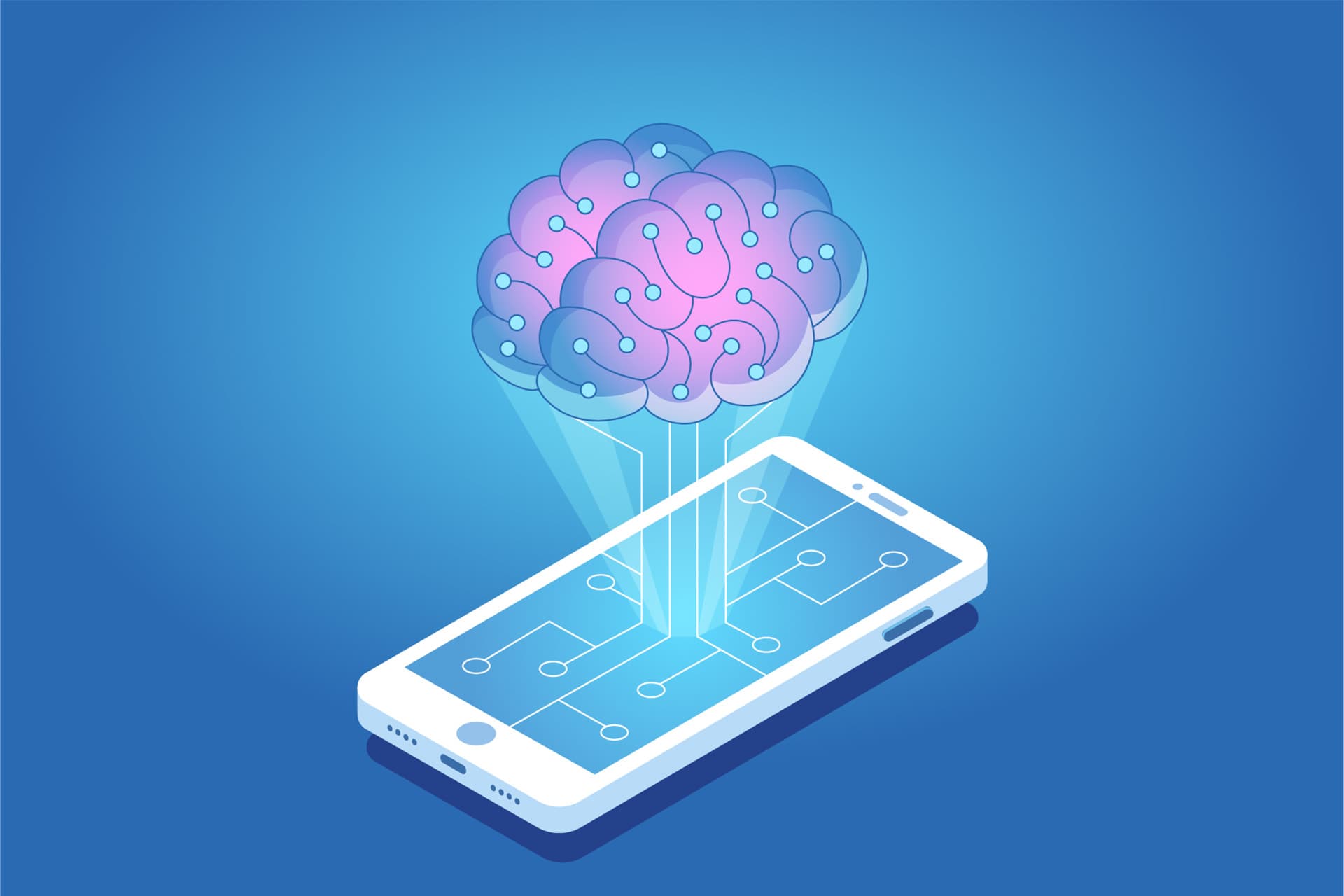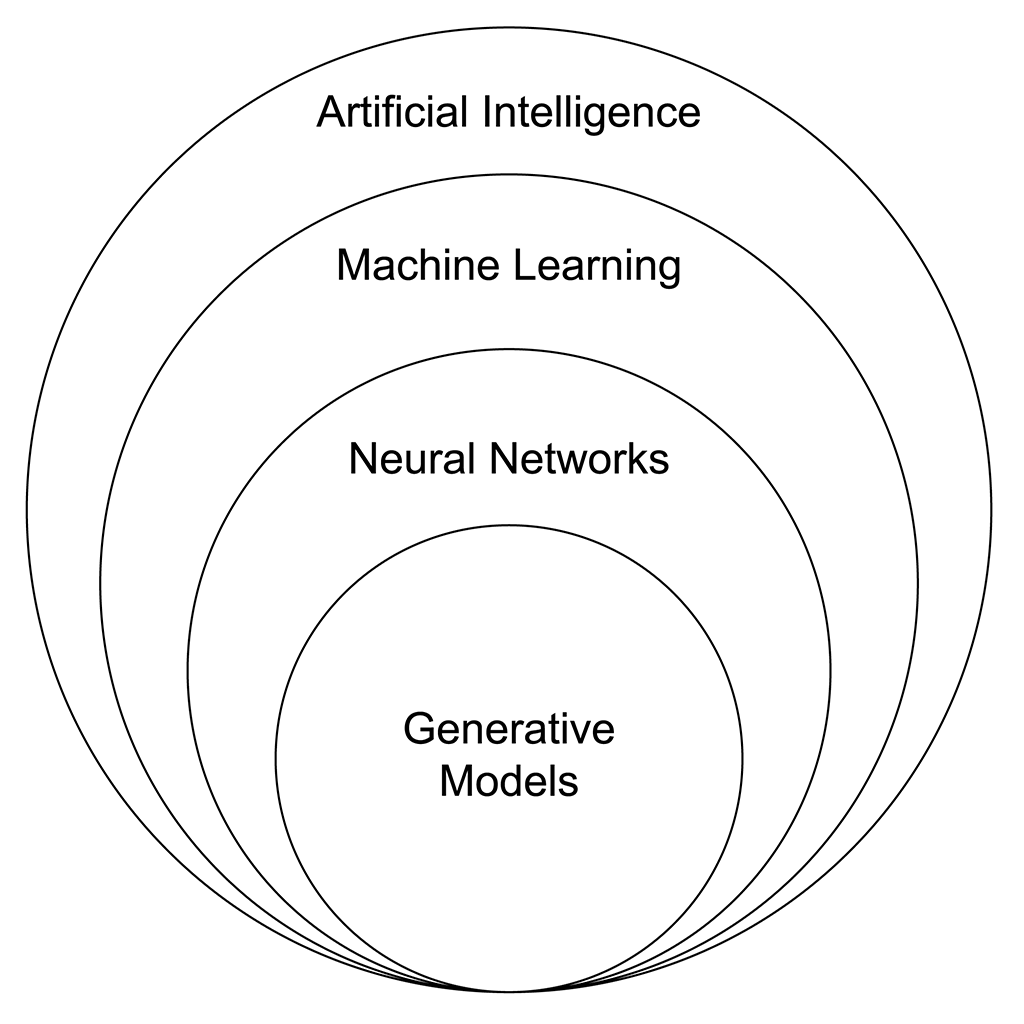Building Your First AI-Powered App: A Step-by-Step Guide

Table Of Content
- The Big Picture: What’s an AI-Powered App?
- Step 1: Choosing the Right AI Model
- Types of AI Models
- Step 2: Data, Data, and More Data
- Where to Get Your Data
- Step 3: Building the App’s Backend
- Frameworks and Tools
- Step 4: Creating the Frontend
- Tools for Frontend Development
- Step 5: Integrating AI with the App
- API Integration
- How to Earn Money with AI-Powered Apps
- Subscription Model
- In-App Purchases
- Ads
- Licensing Your AI Model
- Future Outlook According to Tech Giants
- What the Future Holds
- Conclusion
Ready to jump into the world of AI-powered apps? Whether you're a seasoned developer or just getting your feet wet, this guide is here to help you build your first AI-powered app from scratch. And guess what? We'll make it fun, informative, and maybe even throw in a few laughs along the way. Let's dive in!
The Big Picture: What’s an AI-Powered App?
First things first—what exactly is an AI-powered app? In simple terms, it's an application that leverages artificial intelligence to perform tasks that usually require human intelligence. Think of apps like Siri, Google Assistant, or even those sneaky algorithms Netflix uses to recommend shows you never knew you wanted to watch.
But here's the kicker: building an AI-powered app isn’t just about throwing some code together and calling it a day. It’s about understanding how AI works, integrating it into your app, and making it user-friendly. Sounds challenging? Don’t worry, we’ve got you covered.
Step 1: Choosing the Right AI Model
Before you even think about writing a single line of code, you need to choose the right AI model for your app. This depends on what you want your app to do. Do you want it to recognize images? Process natural language? Predict user behavior? The possibilities are endless, and so are the AI models.
Types of AI Models
- Machine Learning Models: These are great for apps that need to make predictions based on data. Think recommendation engines, predictive text, etc.
- Natural Language Processing (NLP) Models: Perfect for chatbots, voice recognition, and anything that involves understanding human language.
- Computer Vision Models: Ideal if your app needs to interpret visual information, like identifying objects in an image.

Pro Tip: Don’t just pick the fanciest model out there. Choose one that fits your app’s needs and start simple. You can always scale up later.
Step 2: Data, Data, and More Data
AI models are only as good as the data you feed them. This means you need a solid dataset to train your model. But here’s the catch—garbage in, garbage out. If your data is messy, outdated, or just plain wrong, your AI app is going to be about as useful as a chocolate teapot.
Where to Get Your Data
- Public Datasets: Sites like Kaggle, UCI Machine Learning Repository, and Google Dataset Search are goldmines for free datasets.
- Your Own Data: If you have access to a unique dataset, even better. Just make sure it’s clean and relevant to your app’s purpose.
Remember that time when IBM Watson got itself into hot water by giving flawed cancer treatment advice? That was due to poor data quality. Lesson learned: never skimp on data preparation.
Step 3: Building the App’s Backend
Now that you’ve got your model and data, it’s time to start building the backend of your app. This is where the magic happens—where your AI model is integrated into the app and starts working its wonders.
Frameworks and Tools
- TensorFlow: An open-source library developed by Google, perfect for building and training AI models.
- PyTorch: Another open-source machine learning library, known for its flexibility and ease of use.
- Django/Flask: For those using Python, these frameworks are great for setting up the server-side logic of your app.
Step 4: Creating the Frontend
Ah, the frontend—the part of the app your users will actually interact with. It’s like the icing on the cake, but this icing needs to be both functional and delicious.
Tools for Frontend Development
- React.js: A JavaScript library for building user interfaces. It’s fast, flexible, and perfect for creating dynamic web apps.
- Bootstrap: If you want your app to look good without too much hassle, Bootstrap is your go-to CSS framework.
"Design is not just what it looks like and feels like. Design is how it works." - Steve Jobs
Step 5: Integrating AI with the App
This is where everything comes together. You’ll need to connect your AI model to the backend and ensure it communicates with the frontend seamlessly.
API Integration
- RESTful APIs: If your AI model is hosted on a separate server, you’ll likely use REST APIs to communicate with it.
- GraphQL: A more modern alternative to REST, especially useful if you need to query your AI model for specific data.
Pro Tip: Keep it simple. The more complex your integration, the more chances there are for things to go wrong.
How to Earn Money with AI-Powered Apps
Alright, now let’s get to the good stuff—how to actually make money from your AI-powered app. There are several ways to monetize your creation, depending on the type of app you build.
Subscription Model
Charge users a monthly or yearly fee to access premium features of your app. This works well for apps that offer continuous value, like fitness apps with AI-driven workout plans.
In-App Purchases
Offer additional content or features that users can purchase within the app. This is a popular model for gaming apps.
Ads
If your app has a large user base, you can earn money through ad placements. Just make sure the ads don’t ruin the user experience.
Licensing Your AI Model
If you’ve developed a particularly effective AI model, consider licensing it to other developers or companies.
Remember the infamous Flappy Bird? The game’s creator earned $50,000 a day from ad revenue alone. Now imagine the potential with an AI-powered app!
Future Outlook According to Tech Giants
AI is the future, and the tech giants know it. Companies like Google, Apple, and Microsoft are heavily investing in AI, and they believe it’s going to revolutionize the way we interact with technology.
"AI is probably the most important thing humanity has ever worked on." - Sundar Pichai
What the Future Holds
- More Personalization: AI will enable apps to offer hyper-personalized experiences, tailoring content, and recommendations to individual users like never before.
- Increased Automation: Routine tasks will be automated, allowing users to focus on more creative and meaningful work.
- Ethical AI: As AI becomes more integrated into our lives, there will be a greater focus on ensuring that it is used ethically and responsibly.
My Views: I believe that AI-powered apps are just scratching the surface of what’s possible. The potential for creating personalized and efficient solutions is enormous, and those who get in early will have a significant advantage in the tech world. However, it's essential to keep ethics in mind. As AI continues to evolve, so too must our approach to using it responsibly.
Conclusion
Building your first AI-powered app is an exciting journey filled with challenges, learning opportunities, and the potential for massive rewards. Whether you’re looking to create the next big thing or simply want to enhance your development skills, this guide should set you on the right path.
So, what are you waiting for? Start experimenting, get creative, and who knows? Maybe your AI-powered app will be the next big thing in the tech world!
